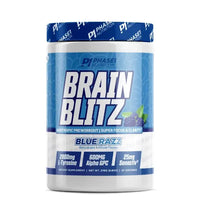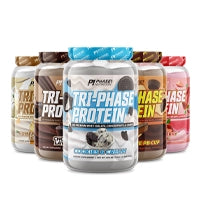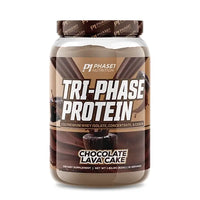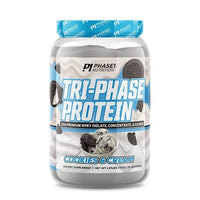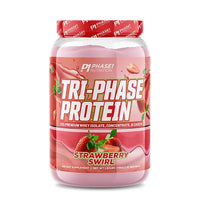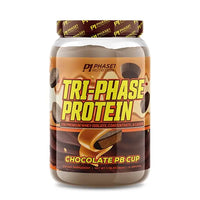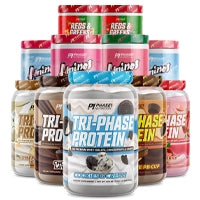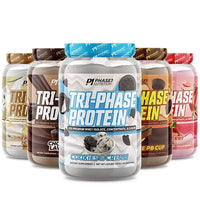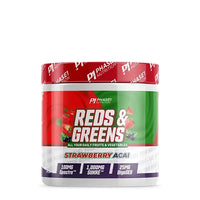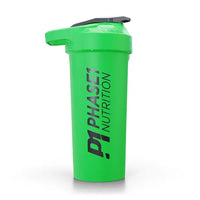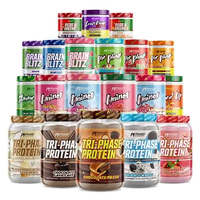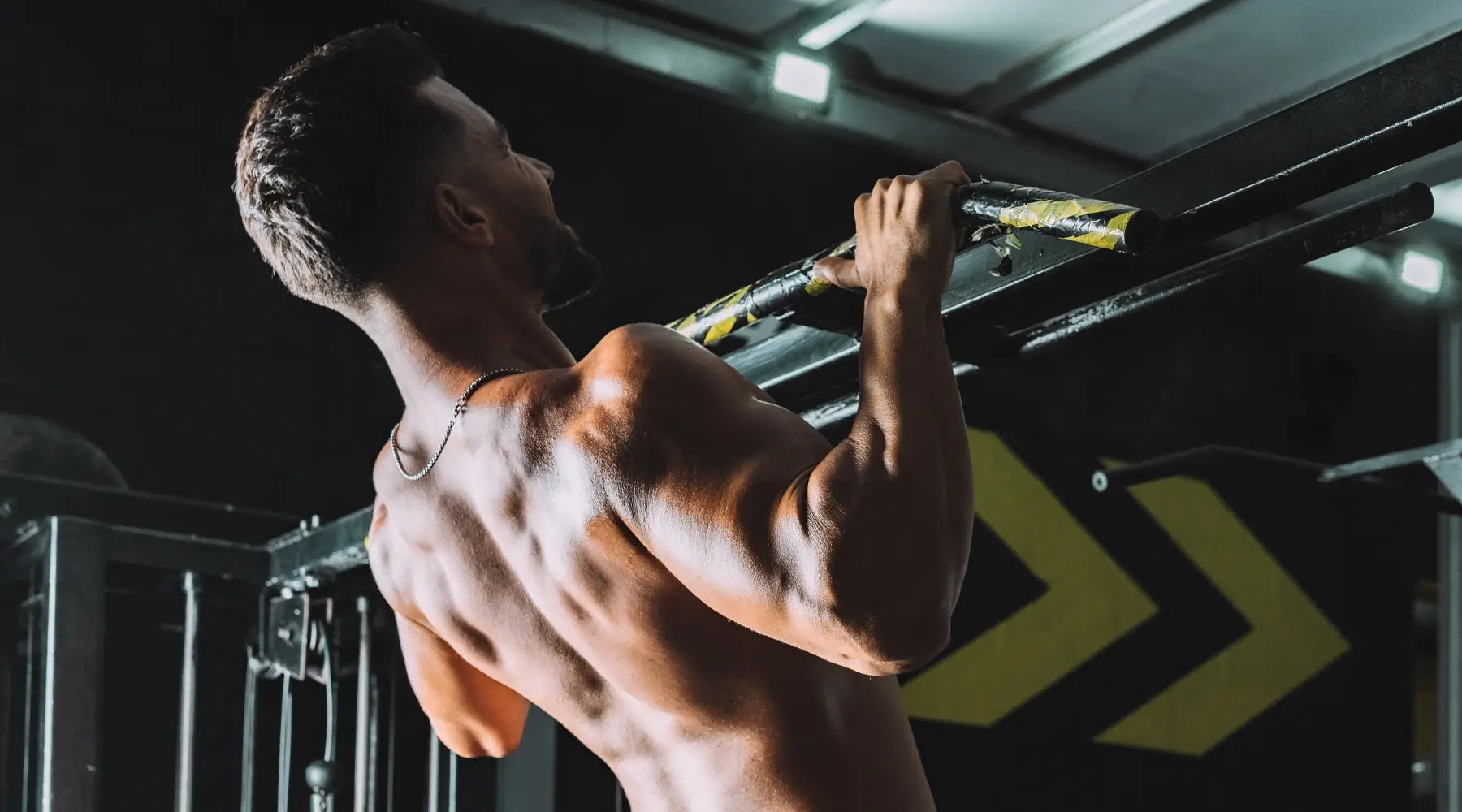
3 Exercises to Get a Thicker Back
Some people have what one would consider a "2D" physique. They have a decent back width and appear to be well-built from the front, but when you turn them sideways, they almost vanish.
You must purposely target the mid-back for real volume to create front-to-back thickness.
A complete and powerful back isn't just wide—it's also thick and has detail that embodies strength and muscularity. It needs detail and thickness to truly stand out. Use these three exercises to make your back thicker and stronger.
#1 Deadlifts
It's no coincidence that heavy deadlifts are linked to a strong back. As you stretch your torso to full vertical, the deadlift focuses on your erectors. This aids in the development of thickness from the bottom to the top. The good news is that deadlifts induce a rush in positive chemicals like testosterone and growth hormone, which help you fill out that area while also helping you gain muscle and burn fat elsewhere.
The Technique
- When executing deadlifts, it's a given that you must have a flat back, as pulling with a rounded spine can lead to the destruction of your lumbar vertebrae. It's all down to your setup:
- Make sure you're pulling in such a way that the bar stays in a straight vertical line from beginning to end. That implies you should position the bar just above your feet (no more than an inch away from the shins).
- For proper force transfer and distribution, your shoulder blades will be positioned above the bar.
- Squeeze the chest out so the back is flat and no longer rounded once you've reached down and grabbed the bar. Squeezing the flex out of the bar (bending the bar) before pushing it off the ground is crucial.
- Dig in with your feet, flex your glutes, and lift your weight.
#2 Bent Over Rows
Unlike deadlifts, this exercise focuses almost entirely on the back. Because of the bar path and its perpendicular angle to the body, you can also count this exercise as a horizontal pull. As a result, it strengthens the upper back's scapular muscles (like the rhomboids, teres, rear deltoids and lower traps).
Strengthening these muscles pays off in terms of shoulder stability and better press motions, as well as adding the necessary back thickness for an impressive physique.
The Technique
- You want to look like you're doing a deadlift right now, when the bar is about 6 inches off the ground
- The back is still flat and the pelvis is under control in this position.
- The bar is still positioned between the shoulder blades, and the knees are bent.
- When executing bent over rows, the only change is that the hands are held slightly broader on the bar.
- Maintain this stance by rowing the weight to the mid-ribcage while keeping the elbows out wide and in line with the barbell.
#3 Pull Ups
When done correctly, pull-ups are great. But many lifters learn the pull-up from coaches who teach it in a way that makes it more of an arm exercise than a true back exercise. And while they may use reasonably "safe" techniques, they neglect key components, like putting the scapulae in the depressed, retracted position through the top of each lift.
Pull Up Technique
- Start at a dead hang and pull yourself upwards until your eyes go above the bar
- Pull ups depend largely on how well you can move your scapulae - if they stay immobile during the lift, you can guarantee you’ll end up using your arms for most of your reps.
- You need to develop the strength to pull the shoulders down while baring the load of your body weight as you hang from the bar. This is the first step before pulling yourself up.
- Keep your legs down (or bent backwards),
- Control your descent to a full hang, and repeat.
The lat pulldown is vital for back growth in bodybuilding, especially in light of the challenges with pull-ups. It creates a more secure and controlled environment for technically sound reps that target important muscles.
Though the pulldown and pull-ups aren't as focused on the real mid-back, pausing at the pinnacle of contraction (when the handle is at its lowest) can be humbling. A modest second or two wait can add enough mid-back activation to cause deep muscular discomfort that lasts for days after your workout.
Pull-ups and pulldowns in the traditional sense just pass through this region with little attention for speed control. When you can control weight at your point of maximum contraction, it's a great testimonial to your mid-back strength.


